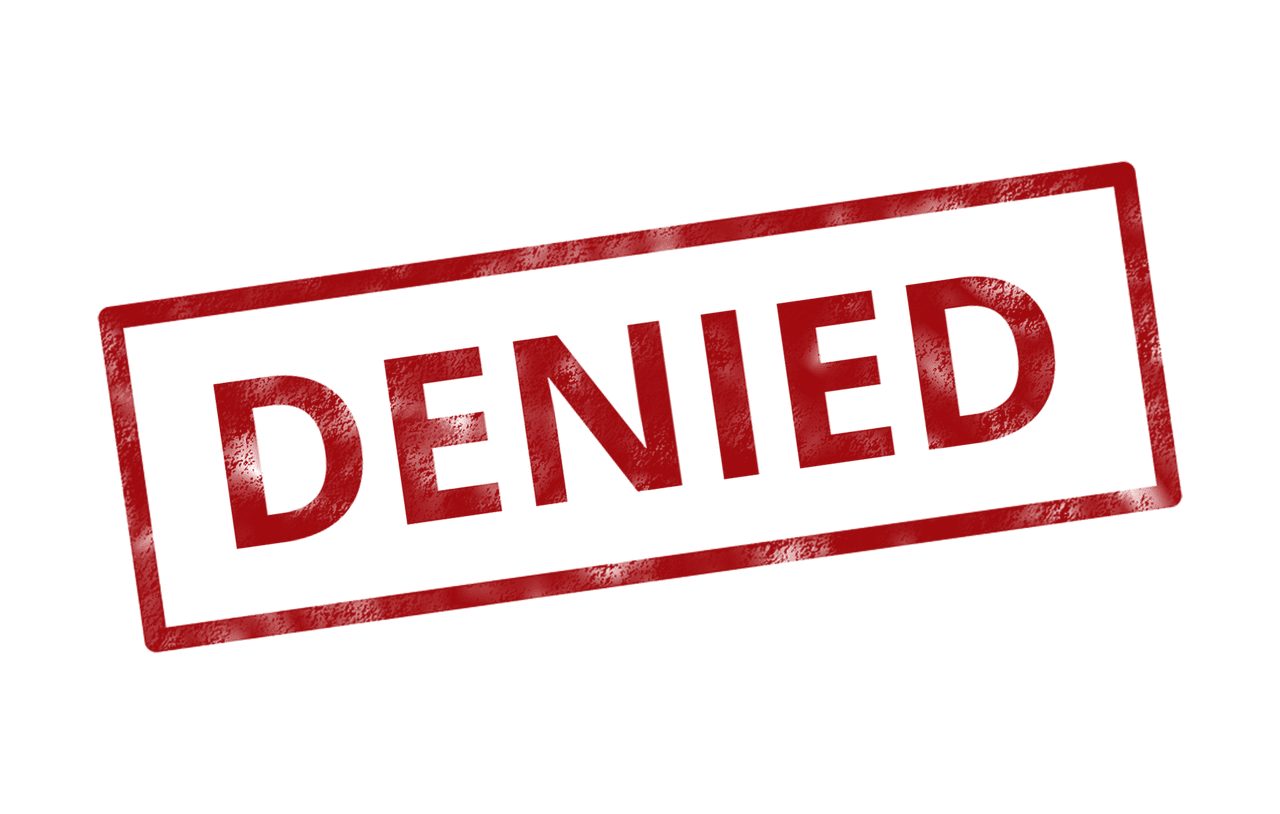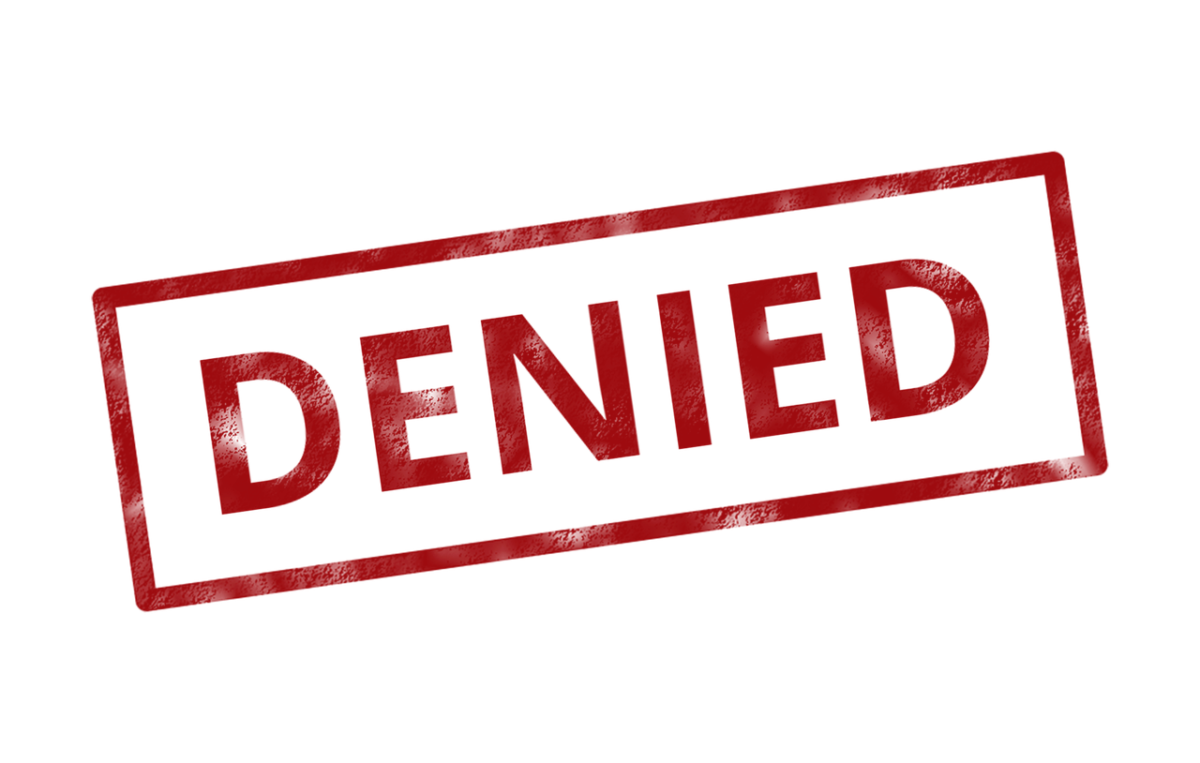 Imagine your staffing firm branched out into new lines of service amid the pandemic. Perhaps you started to offer frontline healthcare workers or logistics workers. Regardless, one of your temporary workers gets injured on assignment and — surprise — your workers’ comp claim is rejected. Why? Your policy was does not cover the work classification being performed at the time of the injury.
Imagine your staffing firm branched out into new lines of service amid the pandemic. Perhaps you started to offer frontline healthcare workers or logistics workers. Regardless, one of your temporary workers gets injured on assignment and — surprise — your workers’ comp claim is rejected. Why? Your policy was does not cover the work classification being performed at the time of the injury.
This is not an uncommon occurrence and one that catches many staffing firms unaware.
The insurance industry has a term for roles that are more prone to injury: “High Hazard.” And in the staffing and contingent workforce management industry, “High Hazard Payroll” has grown exponentially over the last decade due to the shift toward e-commerce.
“High Hazard” by definition is an insurance terminology that is used to identify worker classifications per the National Council for Compensation Insurance (NCCI) codes that are non-desk jobs in non-traditional work environments. A worker in a High Hazard category typically earns between $15 to $35/hr.
This shift is powering jobs in supply chain related industries including warehousing distribution centers, gig-economy, logistics and light industrial manufacturing. In addition to e-commerce, High Hazard job categories have also emerged in Healthcare, Life Sciences, Biotech and Pharma industry especially in a Covid-19 pandemic.
These jobs may have a higher risk against the safety and well-being of a worker, whereas desk jobs — referred to as Admin/Clerical by the NCCI — such as Java programmers or accountants will have very low exposure with almost no threat of injury or life.
PREMIUM CONTENT: Workforce Solutions Ecosystem: 2020 Update
In the pandemic, frontline healthcare jobs are now being categorized as High Hazard jobs. Staffing companies are seeing tremendous growth in jobs that involve sanitation, thermal screening, nursing, and testing. This surge in healthcare jobs is a double-edged sword for staffing companies because they think that since they have a worker’s compensation policy, they can start hiring “frontline” workers.
But the increase in high hazard payroll isn’t just due to the pandemic. Over the past three to five years, the emergence of app-based services such as Uber, Lyft, Grubhub, DoorDash, Postmates, Instacart among several others have added millions of high hazard jobs. While these jobs give the worker flexibility and a sense of entrepreneurship, they often do not know what to do in the event they slip and fall or have an accident while on the job.
However, all workers’ compensation policies do not cover all worker types. Most insurance carriers will only issue a policy for Admin/Clerical roles. The insurance carrier will not pay any claims for injuries (or life) if the worker was performing non-Admin/Clerical tasks. This gap between lack of knowledge and not endorsing the right codes on WC policies could lead to catastrophic financial exposure for a staffing agency and the end client. MSPs including ProUnlimited, Pinnacle and Allegis Global Services recognize this risk exposure and have partnered with companies that can mitigate this risk for them and their clients.
Client procurement teams at enterprise companies on the other hand are generally unaware of the risk and exposure level that their High Hazard workforces pose. This lack of awareness is because most of these procurement teams are procuring everything from print paper to janitorial supplies and other nonemployee headcount. Part of their job is cost reduction so most procurement teams are applying pressure on reducing markups because they want ‘one blended rate’ as it can easily be configured into a VMS. Several personal injury law firms that work on contingency fees will often slap ‘third party’ lawsuit on large enterprise customers that hired the injured contractor.
Looking into 2021 and beyond, staffing companies’ leadership should invest in insurance software products that can help them minimize their risk exposure. There are a few select products that provide data around worker’s compensation claims, insurance premiums and worker classifications. This data can be shared with their clients and help enable proper classification of workers, configure better markups, higher rates and may produce more profit for the staffing agency. It is also recommended that they build a closer relationship with their insurance agent/carrier who can guide them towards reducing risk and higher profits.
